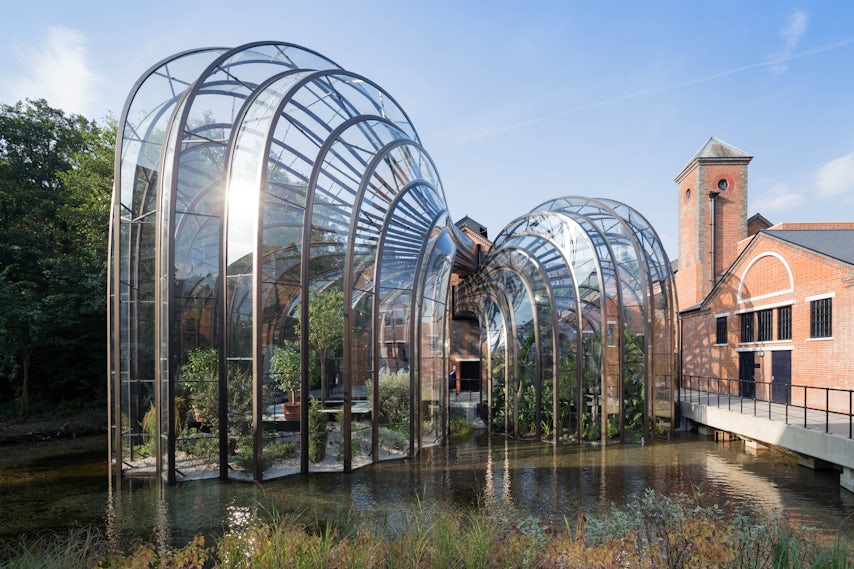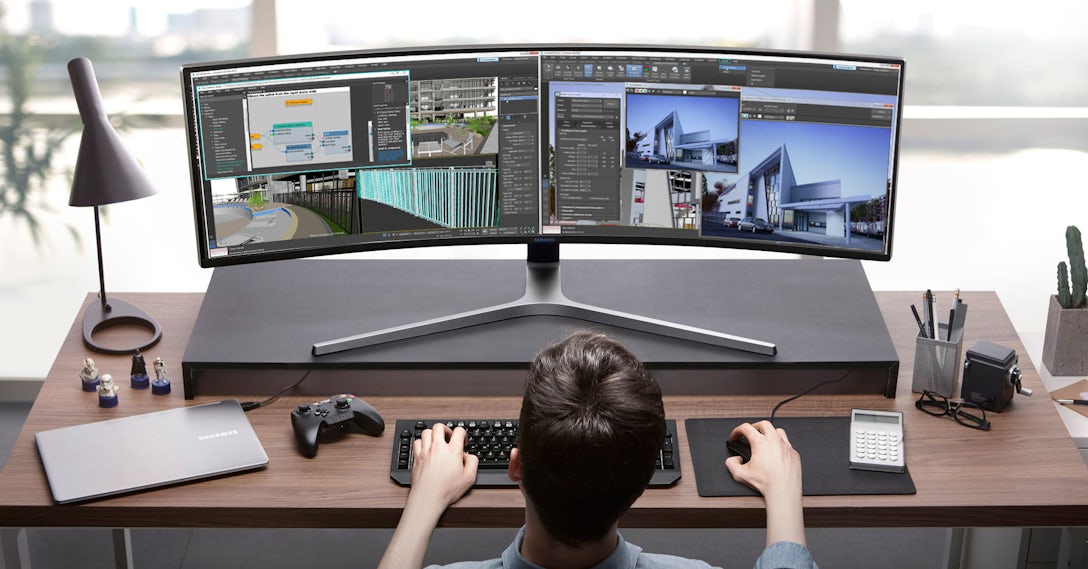Architects: Want to have your project featured? Showcase your work by uploading projects to Architizer and sign up for our inspirational newsletters.
An exemplar of utilitarian design and modern construction materials, the greenhouse has long stood on its own as an independent typology. Yet amidst global environmental crises and a greater urgency for sustainable architecture, this form of nature-oriented architecture is gaining more attention — and is consequently undergoing unprecedented transformations. Contemporary architects are rethinking and reinterpreting what a greenhouse can be, and how it can best be used to better our lives. As a result, the distinction between “greenhouses” and all other typologies is becoming less clear, and less relevant.
The following projects are linked to greenhouses through their formal qualities, materials or construction techniques. All incorporate plant life as a vital component to their design. Yet all are linked as well through their concerns for the natural environment, and their belief that architecture can change (and most importantly, improve) the way we interact with and depend on nature. Although greenhouses are a powerful tool, and have not become obsolete as a purely utilitarian form, they have a limited use. The following designers are reimagining this limited role — or to put it another way, the limited role of all other forms of architecture.

© Nikon

© CCL Architects & Planners

© CCL Architects & Planners

© CCL Architects & Planners
Penghu Qingwan Cactus Parkby CCL Architects & Planners, Penghu County, Taiwan
The greenhouses of the Penghu Qingwan Cactus Park are one element of a larger project to convert a former military base into a tourist destination and residential park. Unlike traditional greenhouses, these structures are meant to preserve an existing landscape and ecosystem, even as surrounding spaces undergo development. Each structure, constructed with different biomorphic designs, is intended to be both a space of conservation and of presentation and education for the public.

© Atelier Kristoffer Tejlgaard

© Atelier Kristoffer Tejlgaard
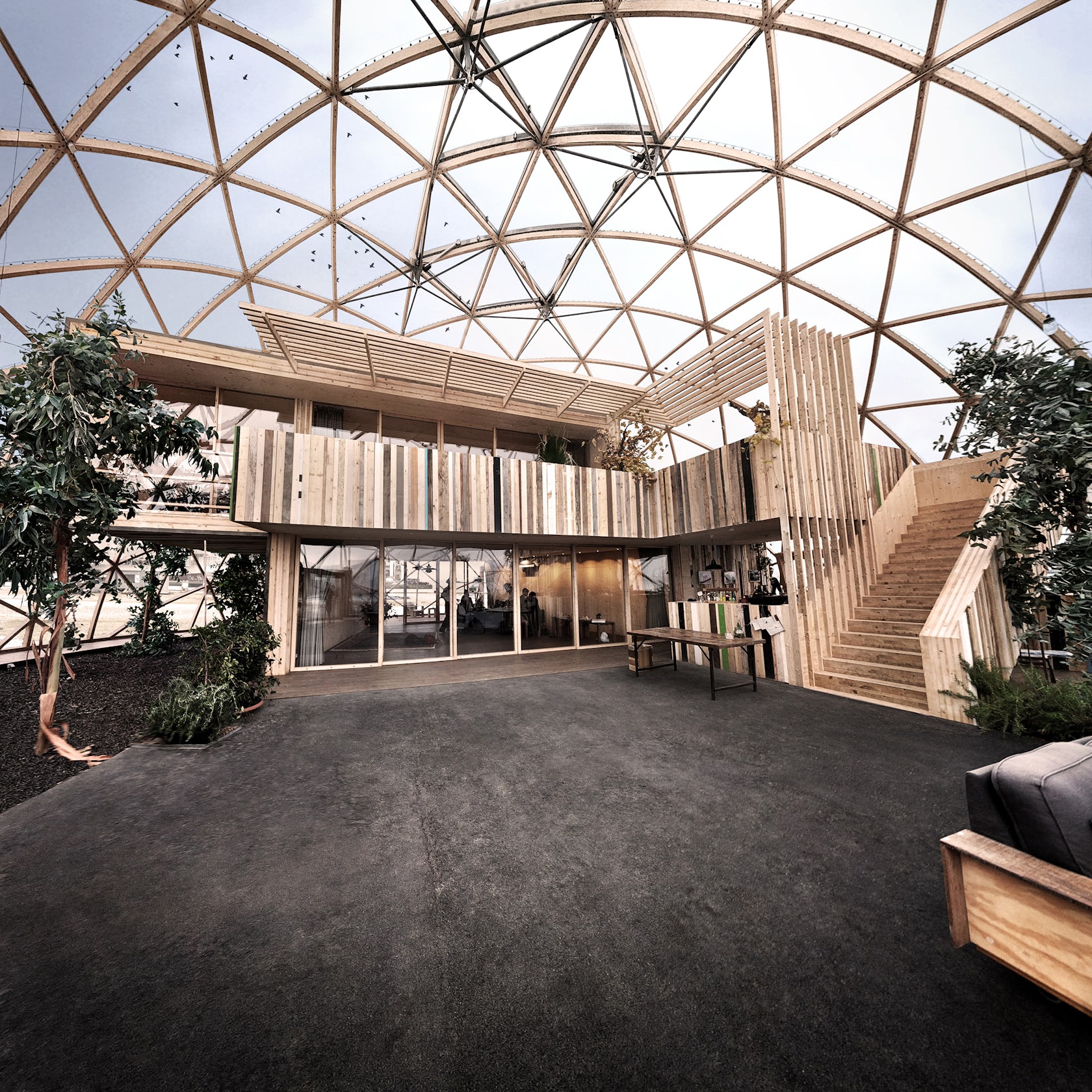
© Atelier Kristoffer Tejlgaard
Dome of Visions 3.0by Atelier Kristoffer Tejlgaard, Aarhus, Denmark
Atelier Kristoffer Tejlgaard combined greenhouse design with a geodesic dome à la Buckminster Fuller to create Dome of Visions 3.0, a multifunctional public space. In addition to hosting a great amount of plant life, the structure incorporates lessons about sustainable design and the relationship between architecture and the natural world. The architects view the project not just as a building for growing plants, or an events space — the dome is defined by its adaptability and versatility.

© atelier tho.A

© atelier tho.A

© atelier tho.A
FA houseby atelier tho.A, Dalat, Vietnam
FA house imagines the concepts of greenhouse architecture applied to a domestic program. Created as a renovation to an old home, atelier tho.A preserved the existing building but encased it in a translucent, vitrine-like structure. In addition to preserving the heritage of the site, the new addition recontextualized the home by creating a transition between interior and exterior space, with an environment conducive for growing greenery.

© Hampus Berndtson

© Hampus Berndtson

© Hampus Berndtson

© Hampus Berndtson
The Orangeryby Lenschow & Pihlmann and Mikael Stenström, Holte, Denmark
The Orangery investigates the role of “utilitarian” design in contrast to the rich and symbolic ornamentation of Baroque religious architecture. Though the structure evokes the form and construction of a greenhouse, enveloped in shrink-wrap — both innovations created to serve practical functions — it is actually a recreation of San Carlo alle Quattro Fontane, a 17th-century church by Francesco Borromini. Rather than incorporating the context or iconography of the original building, the project is embedded in a large public garden, and contains a deliberate arrangement of plants, creating a radical interpretation of architectural history, as well as modern distinctions between form and function.

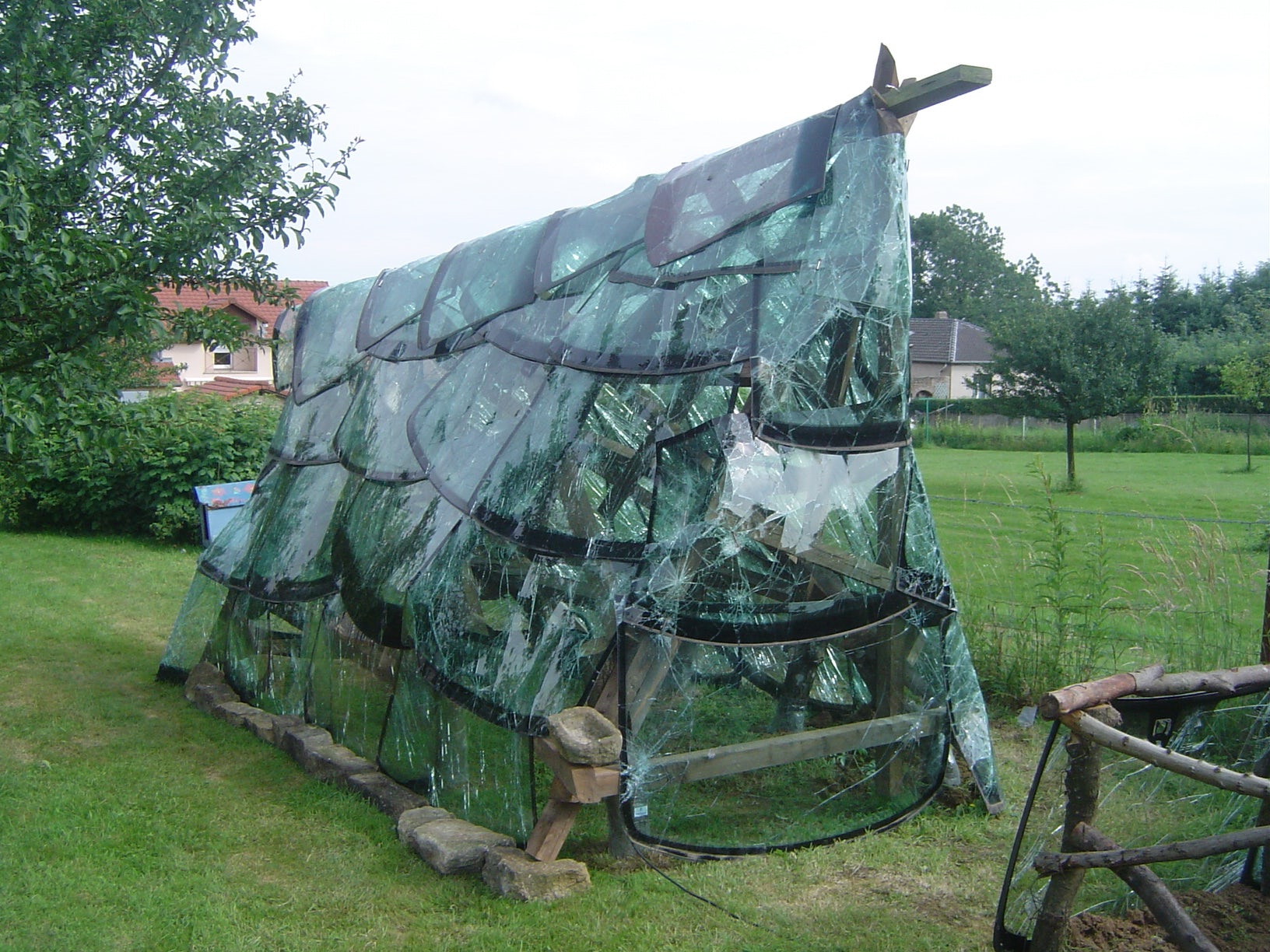
windshield greenhouse, serre en pare-briseby Ramirez Sébastien, Paris, France
Simple and unassuming, serre en pare-brise does not reimagine the way greenhouse architecture can be used, but is the very constitution of this architecture. Linking sustainability efforts promoting agriculture, recycling and grassroots activism, the greenhouse is comprised of used and broken car windshields, created with inexpensive and accessible construction methods.
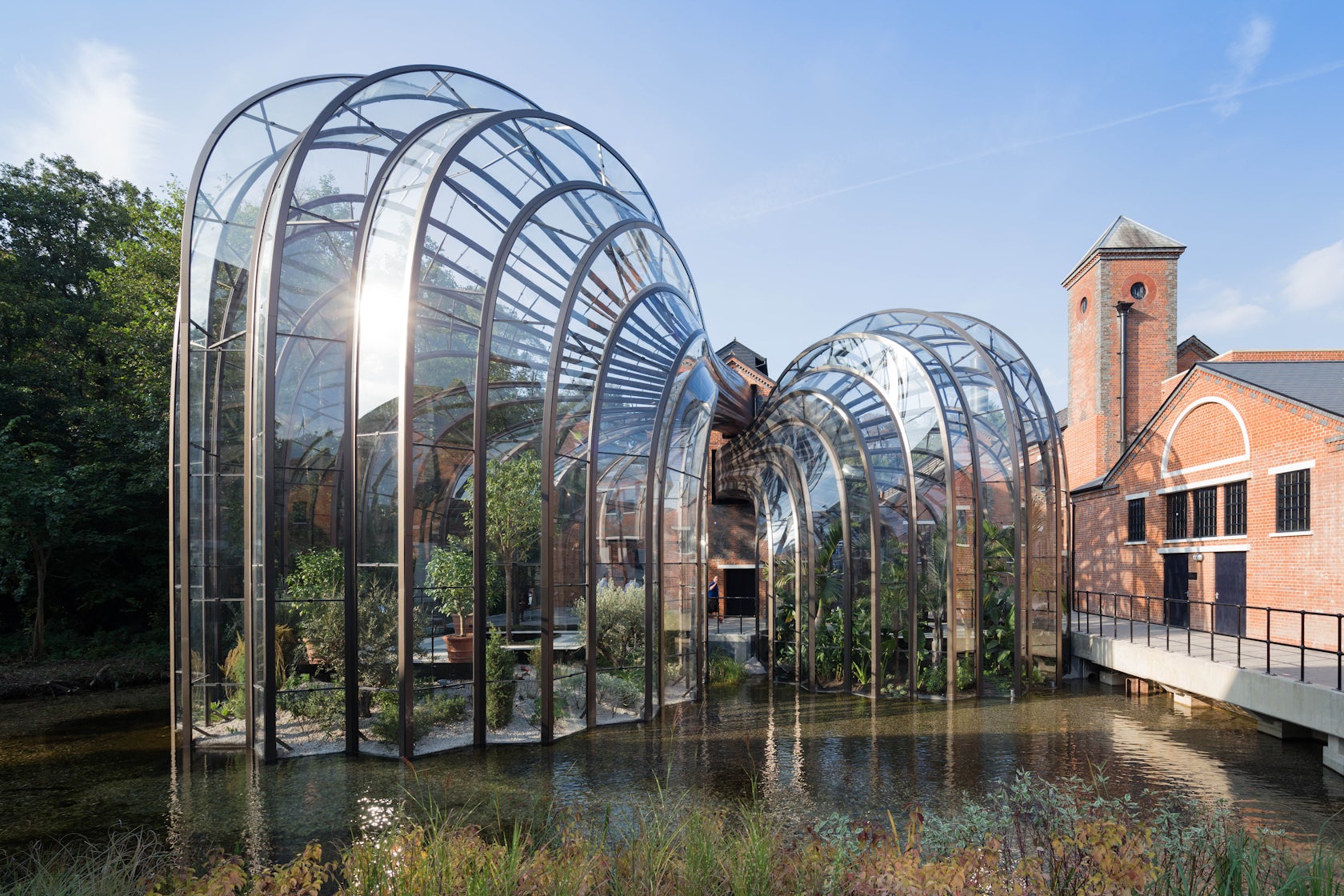
© Iwan Baan

© Iwan Baan
Bombay Sapphire Distilleryby Heatherwick Studio, Hampshire, United Kingdom
Heatherwick Studio designed two glass extensions to the Bombay Sapphire Distillery which playfully transform ideas about greenhouses, industrial architecture and contemporary modes of production. Rather than approaching greenhouse architecture as a sterile, monocultural, factory-like environment, each structure creates imitations of a different ecosystem, containing plants involved in the making of Bombay Sapphire gin. The project not only promotes sustainable modes of production, but whimsically connects with existing industrial structures, transforming a manufacturing plant into a site of spectacle and intrigue.
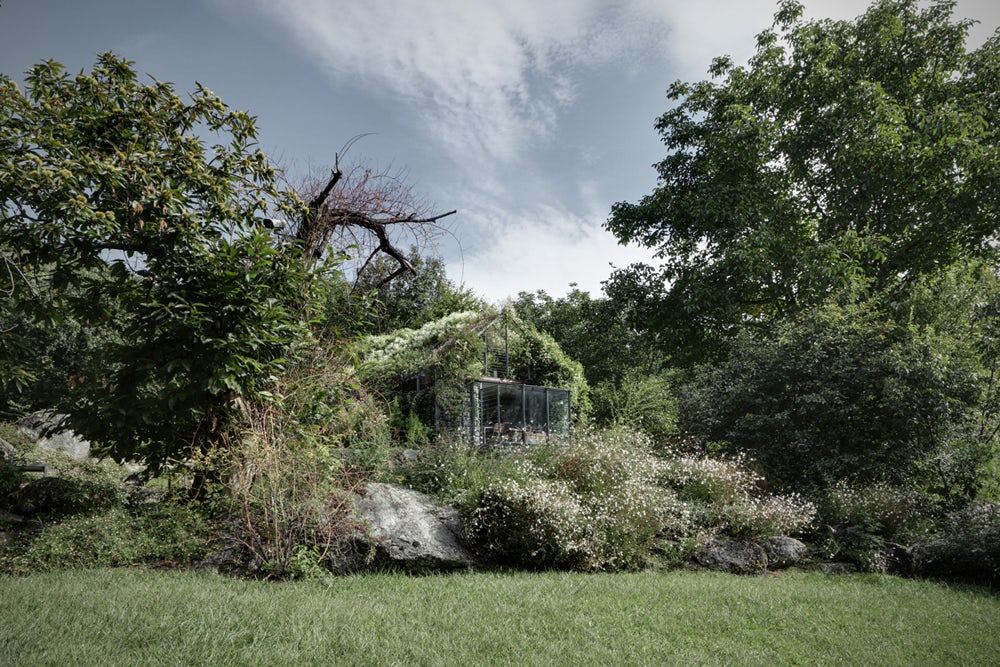
© act romegialli

© act romegialli

© act romegialli

© act romegialli
Green Boxby act romegialli, Cerido, Italy
Green Box, a domestic pavilion made from a converted garage, inverts the concept of greenhouses to create a dramatic and subversive relationship between architecture and the natural world around it. The simple gabled and glass-encased structure resembles a typical greenhouse, except for the fact that plants don’t grow inside of it, but on top of it, and all around it, almost completely concealing the architecture beneath. The most radical aspect of the project is that instead of creating a structure to contain nature, the Green Box affirms that all our creations are ultimately at the mercy of the earth.
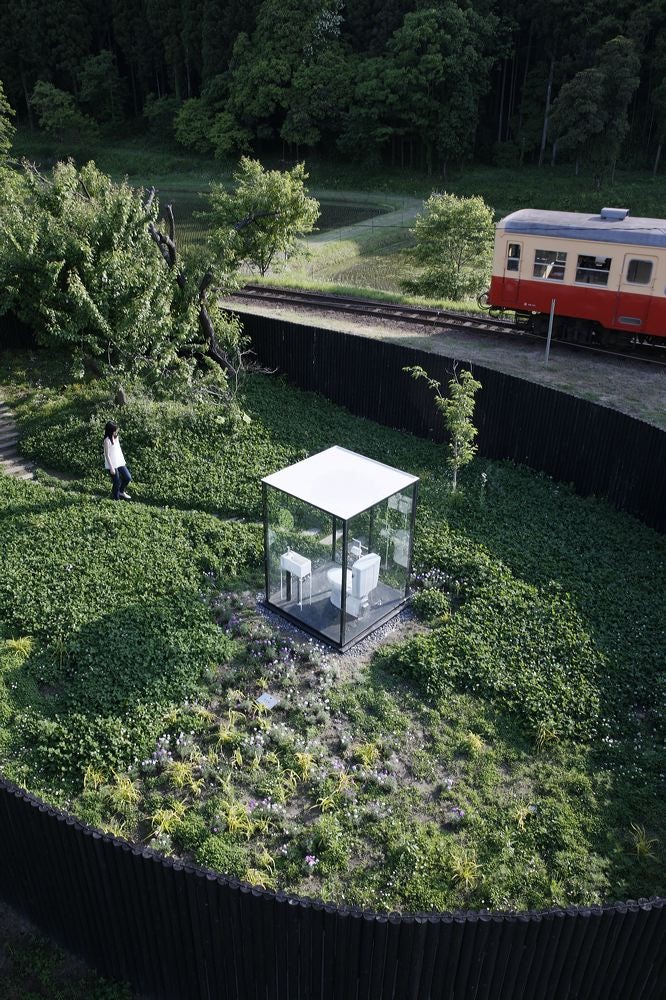
© Sou Fujimoto Architects

© Sou Fujimoto Architects
Itabu toiletby Sou Fujimoto Architects, Ichihara, Japan
Sou Fujimoto Architects also created a humorous reversal of roles when designing Itabu toilet, a bathroom located in the middle of a garden in Ichihara, Japan. Though the entire space is walled in for privacy, the actual bathroom structure is contained within a transparent case, open to its floral surroundings. The project not only subverts conventions of garden architecture, but makes an ambiguous statement about what is on display: a tranquil nature vista, or a human performer upon a Dadaist-like sculptural spectacle.
Architects: Want to have your project featured? Showcase your work by uploading projects to Architizer and sign up for our inspirational newsletters.
